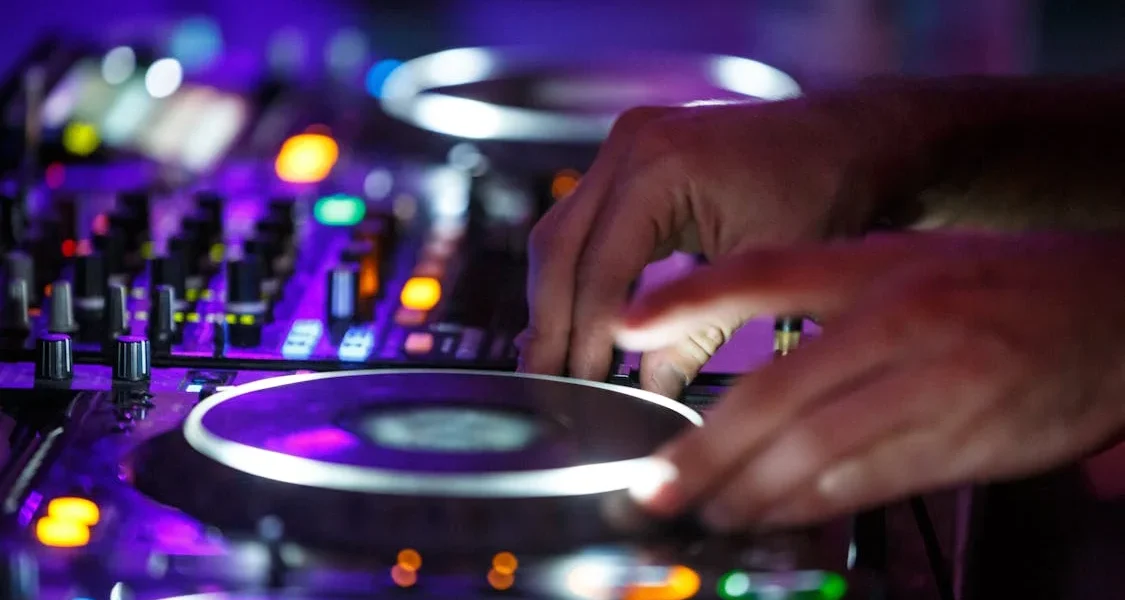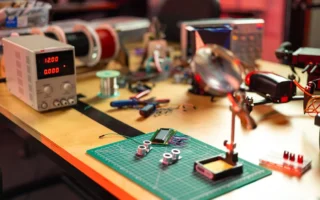In a world where innovation constantly redefines the boundaries of art and technology, the concept of a “Maraca Camera” may seem like a quirky, almost whimsical idea. Yet, this fusion of rhythm and photography could represent a new frontier in creative expression. Imagine an instrument that not only produces music but also captures moments in time, translating the energy of movement into visual art. In this blog post, we’ll explore the fascinating concept of a Maraca Camera, its potential applications, and how it could inspire both musicians and photographers alike.
What is a Maraca Camera?
A Maraca Camera is an imaginative hybrid device that combines the traditional Latin American percussion instrument, the maraca, with a digital camera. While this may sound like a gadget out of a science fiction novel, it’s rooted in the growing trend of blending different forms of art and technology to create new experiences. The idea is simple yet powerful: as you shake the maraca, the motion triggers the camera to take a photograph. The result is a series of images that capture not just the subject but also the rhythm and movement of the moment.
The Origins and Inspiration
The concept of a Maraca Camera likely stems from the broader movement of integrating technology into everyday objects, turning them into multifunctional tools. The maraca, a simple yet effective instrument, has been a staple in Latin American music for centuries. Its rhythmic sound is produced by shaking, making it an ideal candidate for motion-triggered technology. The idea of combining it with a camera is inspired by the desire to capture not just visual images, but also the essence of motion and rhythm that define a particular moment.
How Does a Maraca Camera Work?
While the Maraca Camera remains a concept, let’s consider how it might function if it were brought to life:
- Motion Sensors: The maraca would be equipped with motion sensors that detect the shaking movement. These sensors would be sensitive enough to differentiate between different rhythms and intensities, allowing for varied photographic results.
- Camera Integration: A small, high-resolution camera would be embedded within the maraca. This camera could be positioned in a way that captures images from the perspective of the person shaking it or directed outward to capture the environment.
- Trigger Mechanism: The shaking motion of the maraca would act as a trigger for the camera. Every shake could correspond to a single photograph, or a series of shakes could produce a burst of images, capturing the dynamic flow of movement.
- Connectivity and Storage: The Maraca Camera would likely include wireless connectivity, allowing users to instantly upload their photos to a cloud service or social media platform. It could also have built-in storage for offline use.
- Creative Filters and Effects: To enhance the creative potential, the Maraca Camera could come with built-in filters and effects that respond to the rhythm of the shaking. For instance, a slow, steady shake might produce a sepia-toned image, while a fast, energetic shake could result in a vibrant, colour-saturated photo.
Potential Applications
The Maraca Camera, while whimsical, could have several interesting applications across various fields:
- Music and Performance Art: Musicians and performers could use the Maraca Camera to document their performances in a new way, capturing not just the sound but also the visual energy of their movements. This could add a new layer of artistic expression to live performances.
- Photography and Visual Art: Photographers looking to explore new creative avenues might find the Maraca Camera a valuable tool. It could be used to create unique, movement-based photo series that convey the rhythm and emotion of a scene.
- Interactive Installations: The Maraca Camera could be integrated into interactive art installations where participants create both music and visual art simultaneously. This could be a hit in galleries, museums, and public spaces, offering a hands-on experience that engages multiple senses.
- Education: Educators in both music and visual arts could use the Maraca Camera to teach concepts of rhythm, movement, and photography in an engaging, interdisciplinary way. Students could experiment with the device to better understand how motion and visual composition interact.
- Social Media and Content Creation: For social media enthusiasts, the Maraca Camera could be a fun and novel way to create content. Imagine sharing not just photos, but rhythmic photo series that tell a story through both sound and sight.
Challenges and Considerations
While the Maraca Camera is an exciting concept, it also comes with challenges:
- Technological Integration: Combining motion sensors, a camera, and wireless technology in a compact, handheld device would require significant engineering. Ensuring that the camera is durable and functional while being shaken is crucial.
- User Experience: Balancing the weight and usability of the maraca with the integrated technology is important. The device must still feel and function like a traditional maraca while offering new photographic capabilities.
- Battery Life: Since the Maraca Camera would be both a musical instrument and a digital device, it would need a robust battery to support its functions, including camera operation and wireless connectivity.
- Market Viability: Determining the target audience and market demand for such a hybrid device would be essential for its success. It would likely appeal to a niche market of creatives and tech enthusiasts.
The Future of Maraca Camera
The Maraca Camera concept sits at the intersection of art, technology, and creativity. As we continue to explore new ways of blending different forms of expression, ideas like this could pave the way for a new genre of hybrid devices that expand our creative possibilities. While the Maraca Camera might not be available in stores anytime soon, it sparks the imagination and opens up a dialogue about how we can use technology to enhance and transform traditional art forms.
In conclusion, the Maraca Camera represents more than just a gadget; it’s a symbol of innovation and the limitless potential of creativity. Whether it becomes a reality or remains a conceptual idea, it challenges us to think beyond the conventional boundaries of art and technology,




